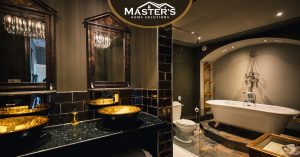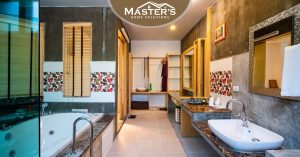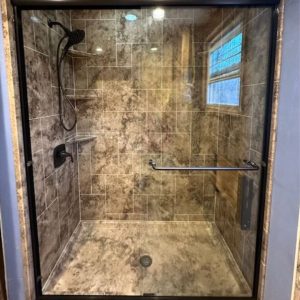In today’s world, where energy conservation and sustainability are becoming increasingly important, understanding the significance of a home energy audit is crucial for homeowners. In this comprehensive guide, we will delve into the importance of conducting a home energy audit, the differences between a do-it-yourself (DIY) and professional audit, the step-by-step process of conducting a DIY audit, and the components involved in a professional audit. We will explore the financial considerations, checklist, and optimizations needed to prepare for an energy audit, and how to interpret the audit report and implement solutions effectively. We will discuss the key takeaways from home energy audits, enabling you to make informed decisions to improve home comfort and energy efficiency. Whether you’re looking to reduce your energy bills, minimize your environmental impact, or simply enhance the comfort of your living space, this article will provide actionable insights to help you achieve your goals.
Key Takeaways:
- Energy audits are essential in identifying and addressing energy inefficiencies in homes, leading to reduced energy bills and improved comfort.
- While DIY audits may be cost-effective, they may not provide a comprehensive assessment. Professional audits offer a detailed evaluation and recommendations.
- To prepare for a home energy audit, create a checklist of areas to be evaluated and make optimizations such as sealing air leaks and upgrading insulation.
Understanding the Importance of a Home Energy Audit
Understanding the importance of a home energy audit is crucial for homeowners looking to enhance energy efficiency, reduce energy consumption, and create a more sustainable living environment.
A home energy audit plays a vital role in identifying areas where energy is being wasted, from inefficient appliances to poor insulation. By addressing these issues, homeowners can significantly reduce their energy consumption and lower utility bills. Improving energy efficiency can also have a positive impact on indoor air quality, creating a healthier living environment.
A comprehensive audit can guide homeowners towards adopting renewable energy sources, further contributing to sustainable living practices. The benefits of a home energy audit extend far beyond energy savings, encompassing health, comfort, and environmental stewardship.
Significance and Benefits
A home energy audit holds significant benefits, including identifying areas of energy waste, enhancing insulation and reducing air leaks, optimizing heating and cooling systems, and recommending energy-efficient improvements for sustainable living.
Energy audits play a crucial role in helping homeowners understand their energy usage patterns and pinpoint where energy is being wasted. By addressing these inefficiencies, individuals can not only reduce their energy bills but also contribute to environmental conservation.
Through the assessment of insulation and air leaks, audits aid in maintaining consistent indoor temperatures and improving indoor air quality. This can lead to a healthier living environment and help mitigate potential health risks associated with poor air circulation.
DIY vs. Professional Home Energy Audit
When considering a home energy audit, homeowners often deliberate between conducting a DIY audit or seeking a professional assessment to identify energy-efficient solutions.
DIY home energy audits can be appealing for those who are hands-on and want to save on costs. They involve assessing insulation, air leaks, and appliances without professional assistance.
Professional audits offer a comprehensive analysis, using specialized tools and expertise to uncover hidden inefficiencies that might be missed in a DIY audit.
A professional energy audit can provide tailored recommendations for sustainable upgrades, considering factors like local climate, building materials, and individual usage patterns. This personalized approach can lead to more targeted and effective energy-efficient improvements compared to generic strategies from DIY assessments.
Differences and Considerations
The differences between a DIY home energy audit and a professional assessment lie in the depth of analysis, technical expertise, and the potential for implementing energy-efficient improvements and solutions.
When considering a DIY audit, homeowners should be prepared to invest time in researching and learning about energy consumption and building performance. DIY audits typically involve using simple tools and checklists to identify potential energy leaks, such as drafty windows or inadequate insulation.
Professional audits often utilize specialized equipment and may include a comprehensive analysis of HVAC systems, ductwork, and insulation levels, providing a more thorough understanding of a home’s energy usage and potential areas for improvement.
A professional assessment may uncover issues that are not easily detected through a DIY approach, such as air leakage or inefficient appliance operation. This comprehensive analysis can lead to tailored recommendations for energy-efficient upgrades, from upgrading to high-efficiency appliances to enhancing insulation and sealing air leaks.
Conducting a DIY Home Energy Audit
Conducting a DIY home energy audit enables homeowners to assess their energy usage practices, identify heating and cooling patterns, and implement measures such as weather-stripping, thermal imaging, and insulation to improve energy efficiency.
Begin by evaluating your daily energy habits, such as lighting usage, appliance energy consumption, and thermostat settings. Understanding your behavioral patterns and energy consumption trends is crucial in identifying areas where energy savings can be achieved.
Next, inspect your home’s heating and cooling systems for any inefficiencies. Utilize thermal imaging tools to identify heat loss and gain, particularly in areas like windows, doors, and ventilation systems. Check for gaps and leaks around these areas where weather-stripping may be required.
Step-by-step Guide
A step-by-step guide for conducting a DIY home energy audit involves assessing energy usage practices, identifying heating and cooling patterns, and utilizing tools such as thermal imaging, weather-stripping, and insulation to enhance energy efficiency.
Start by evaluating your energy usage practices, including examining your appliances, lighting, and electronics for energy-efficient alternatives. Then, analyze your heating and cooling patterns by inspecting your HVAC system for leaks, proper insulation, and programmable thermostats. Utilize a thermal imaging camera to identify areas of energy loss within your home, and consider implementing weather-stripping and caulking to seal any leaks. Check the insulation in your home, particularly in attics, walls, and basements, to ensure it meets the recommended R-value for your region.
Components of a Professional Home Energy Audit
A professional home energy audit encompasses a comprehensive assessment of energy consumption, insulation, air leaks, heating and cooling systems, appliances, electronics, and potential opportunities for energy-efficient improvements and lighting.
During an energy audit, the energy assessor will analyze electricity and fuel bills, conduct a blower door test to identify and measure air leaks, inspect the heating and cooling systems for efficiency, assess the insulation in walls and attics, and evaluate the efficiency of appliances and electronics. They will also investigate the potential for renewable energy sources such as solar panels and assess the existing lighting for energy-efficient options.
The audit provides valuable insights to homeowners on how to reduce energy usage, lower utility bills, and make environmentally friendly improvements.
Assessment Process and Techniques
The assessment process and techniques involved in a professional home energy audit encompass a detailed analysis of energy consumption, insulation, air leaks, heating and cooling systems, appliances, electronics, and potential opportunities for energy-efficient improvements and lighting.
During a home energy audit, a certified energy auditor begins by inspecting the energy consumption patterns of the household. This includes a thorough examination of past utility bills to understand the historical energy usage and identify any abnormal trends. The auditor evaluates the insulation of the home, checking for any gaps or deficiencies that could lead to energy loss. They meticulously scrutinize the presence of air leaks, as these can significantly impact the overall energy efficiency of the property.
The assessment includes an in-depth evaluation of the heating and cooling systems to ensure their optimal functionality. The auditor examines the performance and condition of these systems, looking for possible upgrades or maintenance needs that could enhance energy efficiency. Similarly, all appliances and electronics are scrutinized to ascertain their energy consumption levels and identify opportunities for more energy-efficient alternatives.
The assessment process extends to the lighting systems within the home. The auditor evaluates the types of lighting used, their energy consumption, and explores options for energy-efficient lighting solutions. By conducting this comprehensive analysis, the auditor can identify potential opportunities for energy-efficient improvements that may lead to significant energy and cost savings for the homeowner.
Cost of a Home Energy Audit
The cost of a home energy audit varies based on the scope of assessment, and while there are initial expenses, it presents opportunities for long-term cost savings, incentives, and potential tax credits under the Inflation Reduction Act.
When considering the financial implications, it’s important to recognize that the upfront investment in an energy audit can lead to significant long-term benefits. By identifying areas of energy inefficiency, homeowners can make improvements that reduce energy consumption, ultimately saving on utility bills. Government incentives and rebates are often available to offset some of the upfront costs, making the audit more financially feasible.
Notably, the Inflation Reduction Act offers tax credits for certain energy-efficient improvements, such as insulation upgrades, solar panels, and high-efficiency heating and cooling systems. These tax credits can significantly reduce the net cost of an energy audit and related home upgrades.
Financial Considerations
Financial considerations related to the cost of a home energy audit encompass the potential for energy bill savings, long-term cost benefits, available incentives, and the eligibility for IRA tax credits, emphasizing the financial impact and return on investment.
By investing in a home energy audit, homeowners stand to benefit from reduced energy consumption, leading to significant energy bill savings in the long run. The audit can uncover areas for improvement, ultimately resulting in long-term cost benefits through increased energy efficiency and decreased maintenance expenses.
It’s also important to consider the available incentives for home energy audits, such as rebates and financial assistance programs offered by local, state, and federal authorities. These incentives can offset a substantial portion of the audit cost, making it a more affordable investment for homeowners.
Homeowners may be eligible for IRA tax credits when they opt for a home energy audit, which can further contribute to the overall financial benefits. These tax credits serve as an additional incentive, reducing the upfront cost and enhancing the return on investment for homeowners seeking to improve their home’s energy efficiency.
Preparing for a Home Energy Audit
Preparing for a home energy audit involves identifying energy-saving opportunities, optimizing residential energy assessments, and creating a checklist for potential energy-efficient improvements based on the audit findings.
To identify potential areas for improvement, start by conducting a thorough walk-through of your home, paying attention to areas where energy is commonly used, such as doors, windows, insulation, and appliances. Take note of any drafts, leaks, or inefficient appliances.
Optimizing the residential energy assessment involves reviewing your utility bills, understanding your energy usage patterns, and considering the age and condition of your home’s infrastructure.
Create a checklist that outlines specific areas for improvements, prioritizing them based on their potential energy savings and cost-effectiveness. This checklist will serve as a roadmap to guide your efforts in making your home more energy-efficient.
Checklist and Optimizations
Creating a checklist and optimizing the home for potential energy-efficient improvements are essential steps in preparing for a home energy audit, ensuring that the assessment process is comprehensive and actionable.
First, begin by conducting a thorough assessment of your home’s current energy usage, identifying areas where improvements can be made. This may include inspecting insulation, windows, and appliances for inefficiencies. Utilize energy-efficient heating and cooling systems, LED lighting, and programmable thermostats to reduce energy consumption.
Next, prioritize tasks based on their potential energy savings and cost-effectiveness. Consider weatherizing your home, sealing air leaks, and upgrading to energy-efficient appliances. Also, explore renewable energy sources such as solar panels or wind turbines.
Interpreting a Home Energy Audit Report
Interpreting a home energy audit report involves understanding recommendations related to indoor air quality, weather-stripping, energy-efficient lighting, energy conservation, and the potential impact on energy bills and sustainable living practices.
When analyzing the indoor air quality recommendations, it’s essential to focus on ventilation, humidity control, and filtration to ensure a healthy living environment.
Weather-stripping suggestions aim to seal air leaks, reducing energy waste and enhancing comfort.
Understanding the benefits of energy-efficient lighting, such as LED bulbs, can significantly contribute to energy savings.
Recommendations for energy conservation can include:
- Adjusting thermostat settings
- Utilizing power strips
- Upgrading appliances to energy-efficient models
These changes not only promote sustainable living but also have a positive effect on reducing energy bills.
Understanding and Acting on Recommendations
Understanding and acting on the recommendations from a home energy audit report is vital for addressing indoor air quality, implementing weather-stripping, adopting energy-efficient lighting, and incorporating energy conservation practices to reduce energy bills and promote sustainable living.
Indoor air quality can greatly impact the health and comfort of your household, so following the suggestions related to ventilation and air filtration is key. Weather-stripping, when properly installed around doors and windows, can prevent air leaks and improve thermal comfort, making your home more energy efficient.
Energy-efficient lighting options can significantly reduce electricity consumption, with LED bulbs being a popular choice for both cost savings and durability. Integrating energy conservation practices, such as setting thermostats at optimal temperatures and using appliances mindfully, is crucial for reducing overall energy consumption.
Improving Home Comfort and Energy Efficiency Post-Audit
Improving home comfort and energy efficiency post-audit involves implementing energy-efficient solutions, considering upgrades, incorporating renewable energy options, addressing the carbon footprint, and resolving air tightness and potential moisture issues.
To enhance energy efficiency, start by upgrading to energy-efficient appliances and lighting, weatherizing windows and doors, and improving insulation. Consider installing solar panels or investing in a wind energy system to integrate renewable options. Reducing energy consumption through smart home technology and adjusting thermostat settings can significantly lower the carbon footprint.
Resolving air tightness involves sealing leaks and properly insulating ductwork, while managing moisture issues includes effective ventilation and moisture control solutions to ensure a comfortable and healthy home environment.
Implementing Solutions and Upgrades
Implementing energy-efficient solutions and upgrades post-audit is essential for enhancing home comfort and reducing energy consumption, with a focus on adopting renewable energy, reducing the carbon footprint, and addressing air tightness and potential moisture issues.
After conducting an energy audit, it’s crucial to prioritize energy-efficient improvements to maximize your home’s performance. This includes enhancing insulation and air sealing to address air tightness and minimize heat loss. Upgrading to energy-efficient appliances and lighting can significantly reduce energy consumption while increasing the overall comfort of your living space. Plus, integrating renewable energy sources such as solar panels or wind turbines allows for a sustainable energy supply, further reducing your carbon footprint.
Key Takeaways from Home Energy Audits
Key takeaways from home energy audits include the identification of energy-saving measures, opportunities for energy-efficient improvements, adoption of energy conservation practices, transition to clean energy, and potential engagement with regional clean energy hubs.
During a home energy audit, professionals thoroughly assess the energy usage of a residence, pinpointing areas where energy is being wasted or used inefficiently. This assessment provides homeowners with valuable insights on how to optimize their energy consumption and reduce utility bills. It also presents various opportunities for implementing energy-efficient improvements such as upgrading to energy-efficient appliances, enhancing insulation, and upgrading windows and doors.
These audits also promote the adoption of simple and effective energy conservation practices, like turning off lights when not in use, using programmable thermostats, and sealing air leaks. Encouraging the transition to clean energy, these audits highlight the feasibility of renewable energy systems like solar panels or geothermal heating. They connect homeowners with regional clean energy hubs and provide information about available incentives and resources for adopting sustainable energy solutions.
Summary and Actionable Insights
A summary of actionable insights from home energy audits encompasses the understanding of energy-saving measures, the potential for energy-efficient improvements, the adoption of energy conservation practices, the transition to clean energy, and the engagement with regional clean energy hubs for sustainable living.
Through a comprehensive home energy audit, individuals can gain valuable knowledge about their energy usage and identify areas where they can reduce consumption. This understanding allows homeowners to implement energy-saving measures such as upgrading to LED lighting, improving insulation, and installing energy-efficient appliances to lower their energy bills and environmental impact.
The audit can reveal the potential for energy-efficient improvements in heating, cooling, and ventilation systems, promoting enhanced comfort and reduced energy expenditures. By adopting energy conservation practices such as adjusting thermostats, using programmable heating and cooling systems, and minimizing energy wastage, households can further optimize their energy usage.
With the increasing availability of clean energy sources, including solar panels and wind turbines, families can seamlessly transition to a more sustainable power supply. Engagement with regional clean energy hubs provides opportunities to learn about renewable energy options, access financial incentives, and contribute to the local clean energy ecosystem for a greener future.
Frequently Asked Questions
What is an energy efficiency audit and how can Home Solutions help?
An energy efficiency audit is a thorough examination of a building’s energy usage and potential areas for improvement. Home Solutions offers professional energy efficiency audits to identify opportunities for energy savings in your home.
Why should I consider getting an energy efficiency audit with Home Solutions?
Getting an energy efficiency audit with Home Solutions can help you save money on your utility bills, improve the comfort of your home, and reduce your environmental impact. Our experts will provide personalized recommendations to help you make your home more energy efficient.
What does an energy efficiency audit with Home Solutions involve?
During an energy efficiency audit, our team will conduct a comprehensive evaluation of your home’s energy usage, including a thorough inspection of your heating and cooling systems, insulation, and air sealing. We will also review your utility bills and ask you questions about your energy usage habits.
Do I need to prepare my home before the energy efficiency audit?
No special preparation is necessary before your energy efficiency audit with Home Solutions. However, it may be helpful to have your utility bills and a list of any concerns or issues you have with your home’s energy efficiency ready for our team to review.
How long does an energy efficiency audit with Home Solutions take?
The duration of an energy efficiency audit can vary depending on the size and complexity of your home. On average, an audit takes 2-3 hours to complete. Our team will do their best to minimize any disruption to your daily routine during the audit.
What happens after the energy efficiency audit is completed?
After the audit, our team will provide you with a detailed report outlining our findings and recommendations for improving your home’s energy efficiency. We will also be available to answer any questions and assist you in implementing our recommendations.
Related posts:
- Master’s Home Solutions: Crafting Dream Spaces One Home at a Time
- Enhancing Your Home With Professional Solutions
- Master’s Home Solutions Delivering Exceptional Home Improvement Experiences
- Master’s Home Solutions: The Ultimate Destination for Home Solutions
- Elevate Your Living Space with Master’s Home Improvement Services



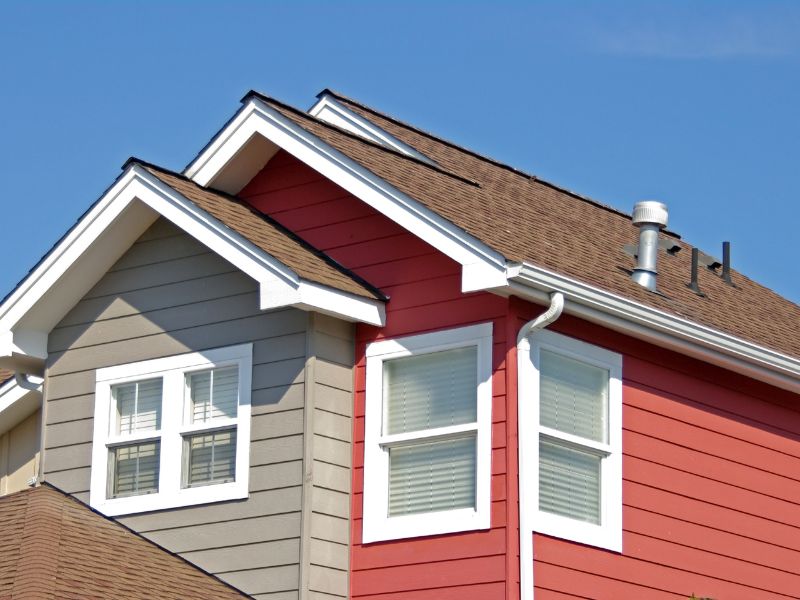

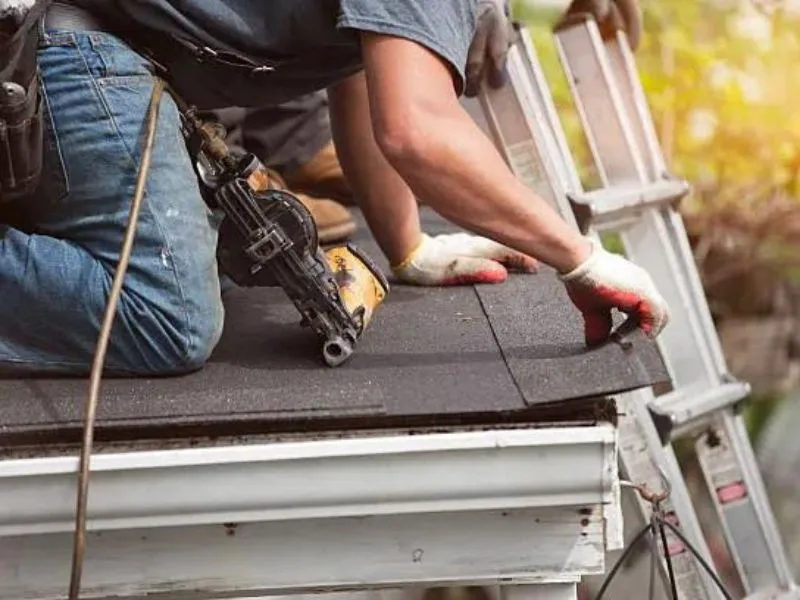
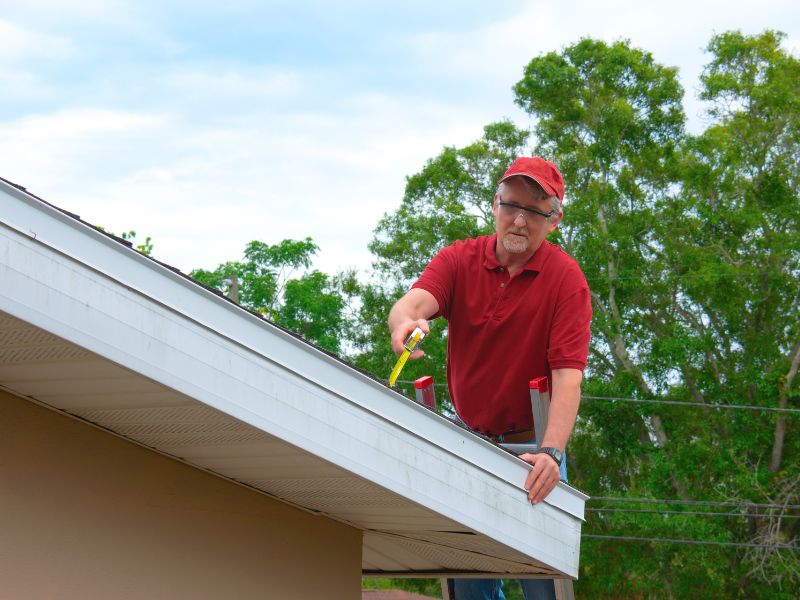

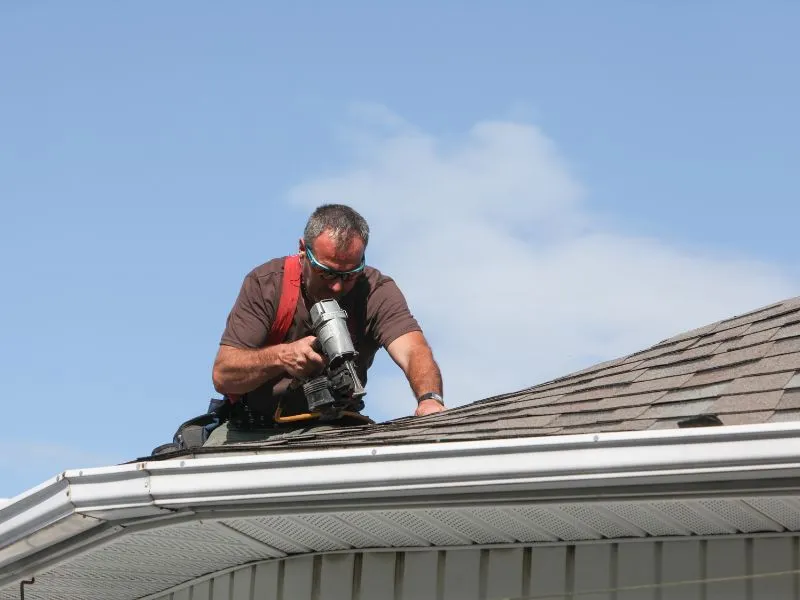
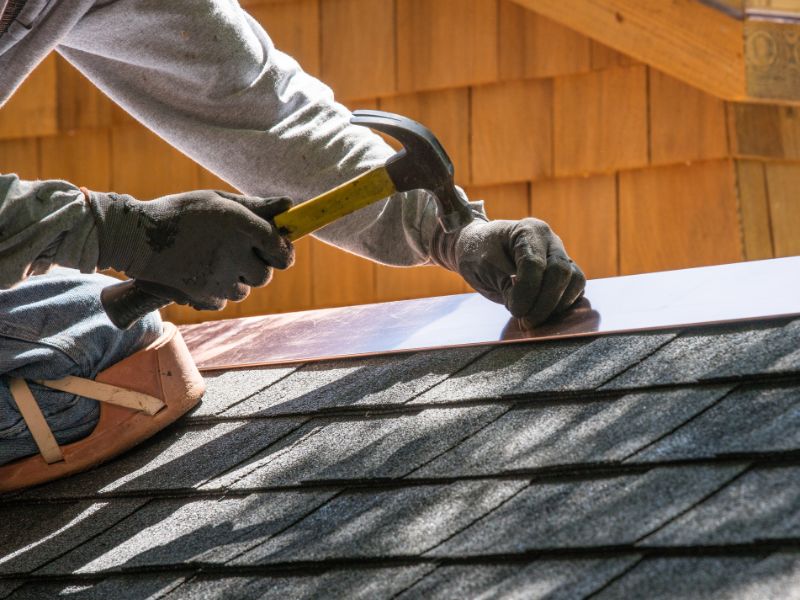

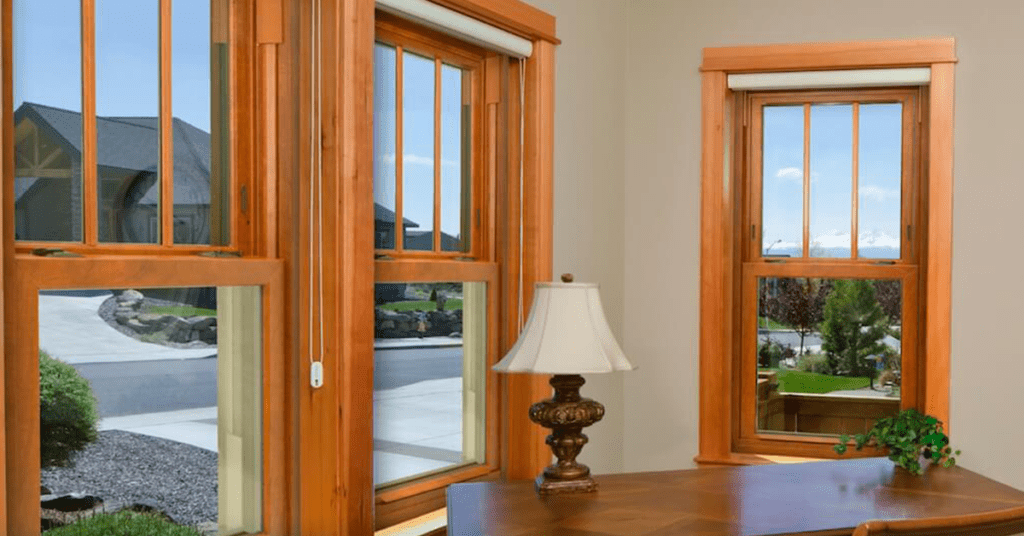
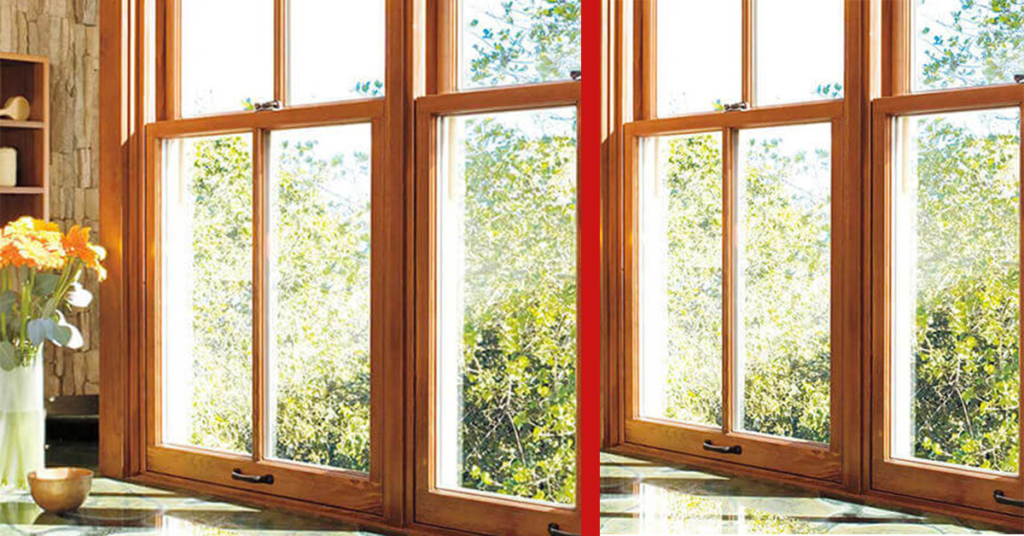
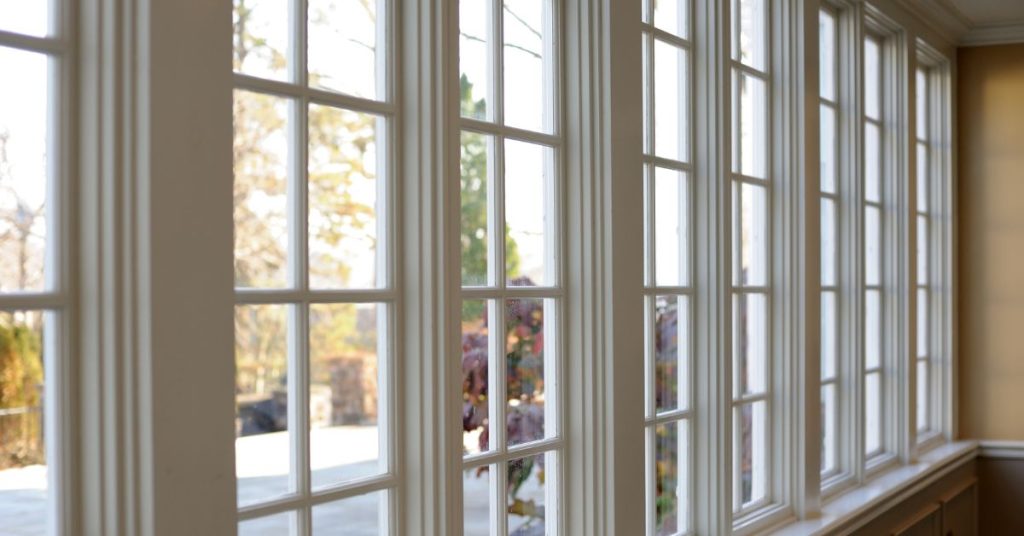
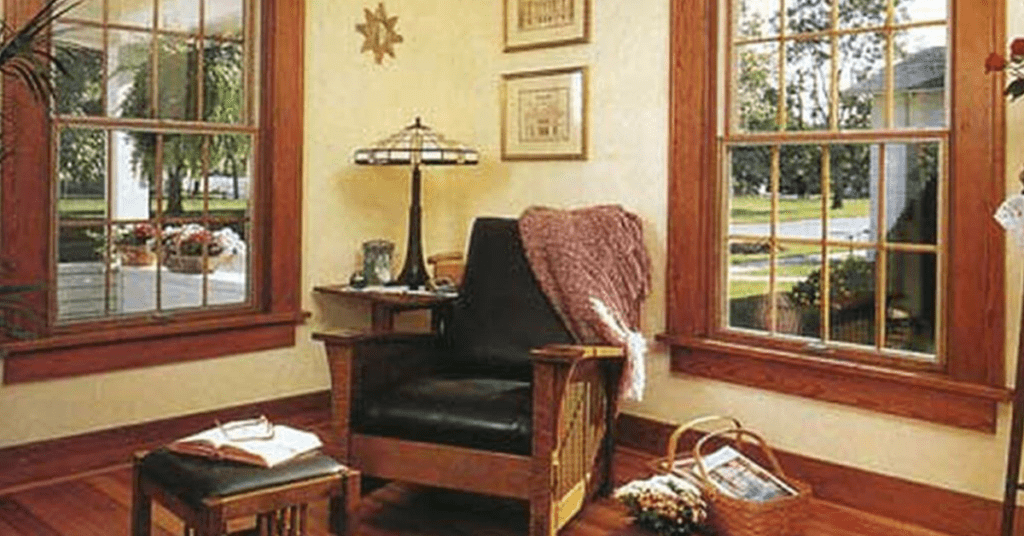
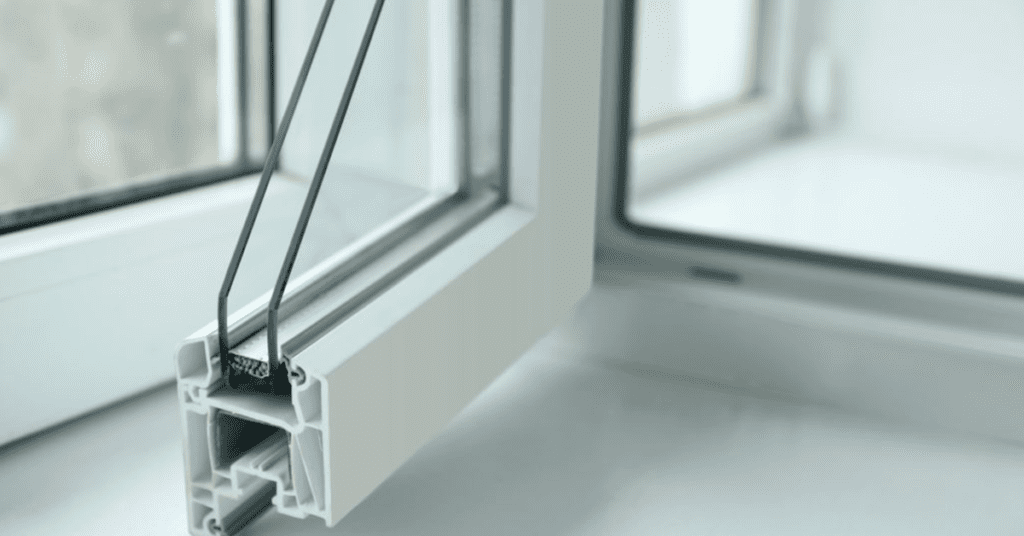
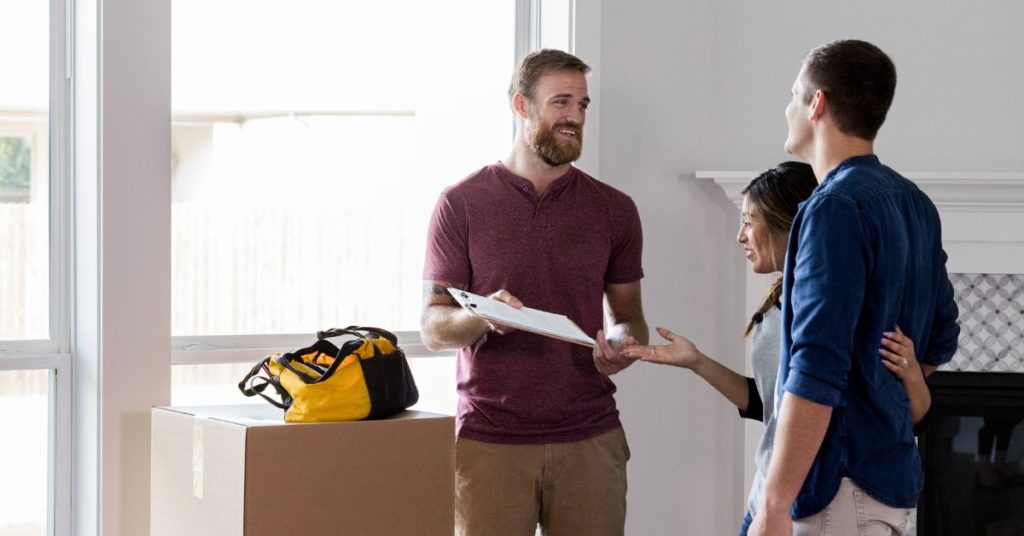


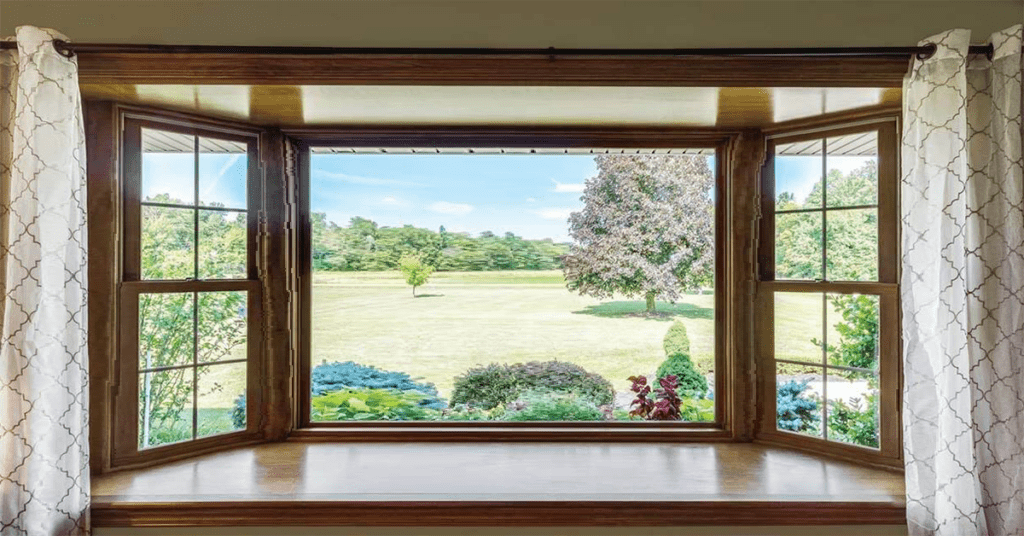

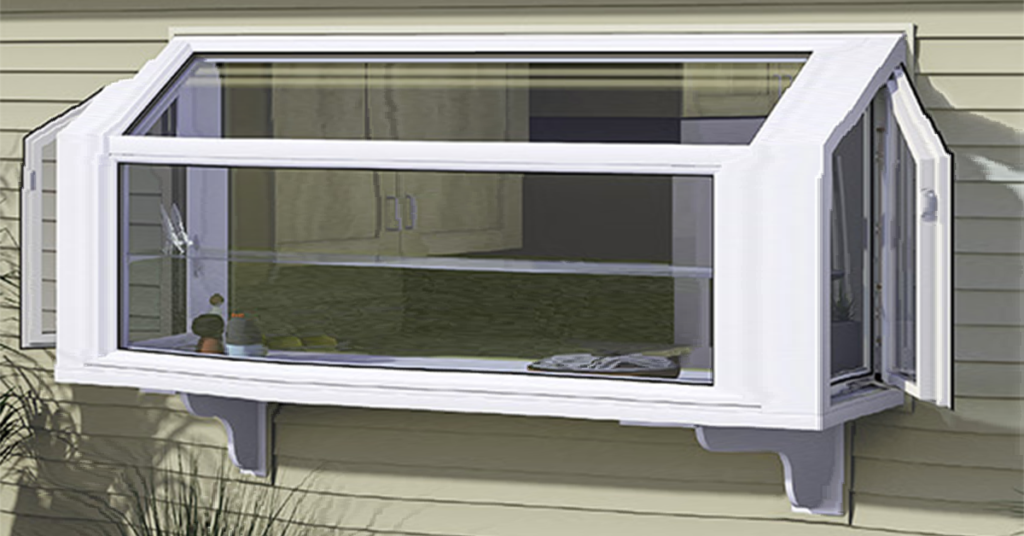
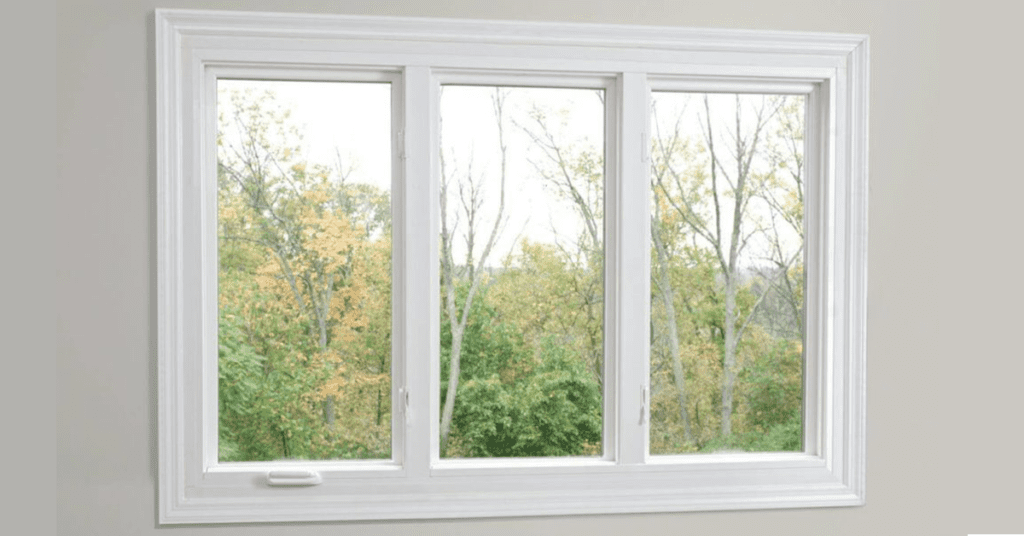


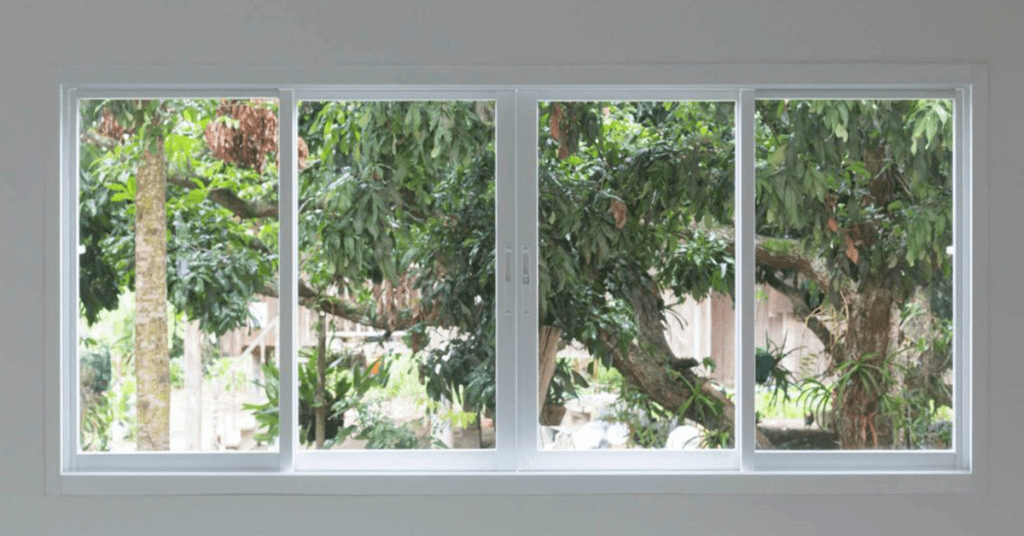




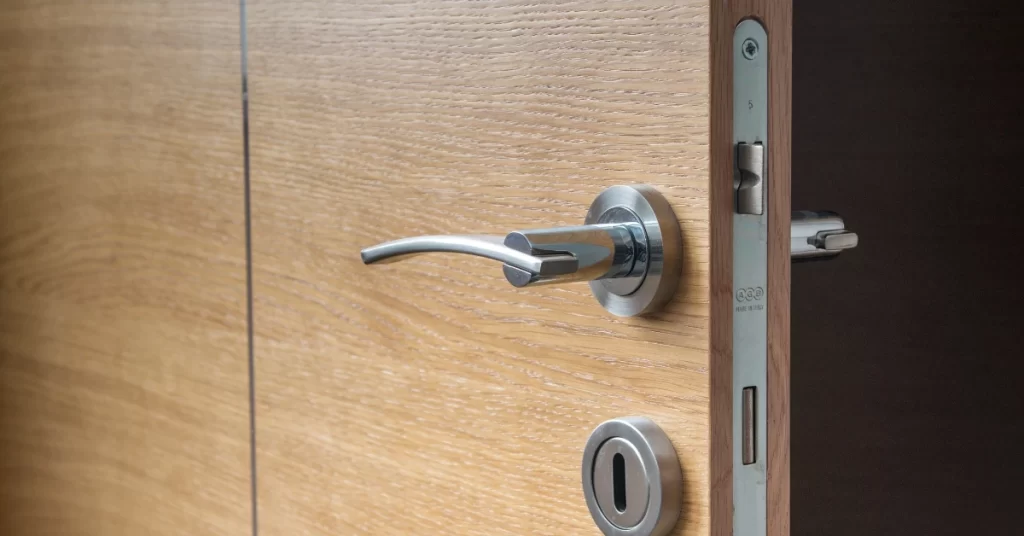

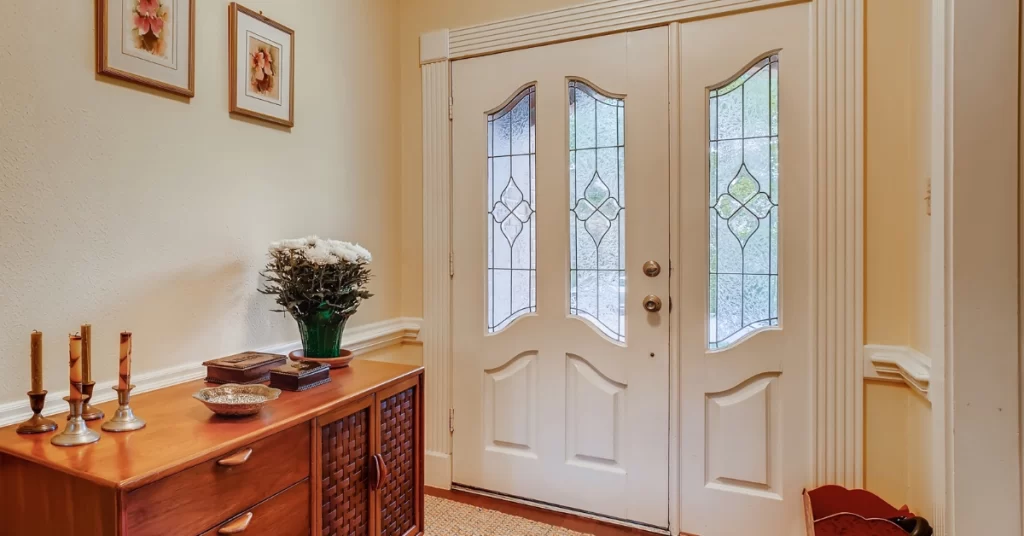
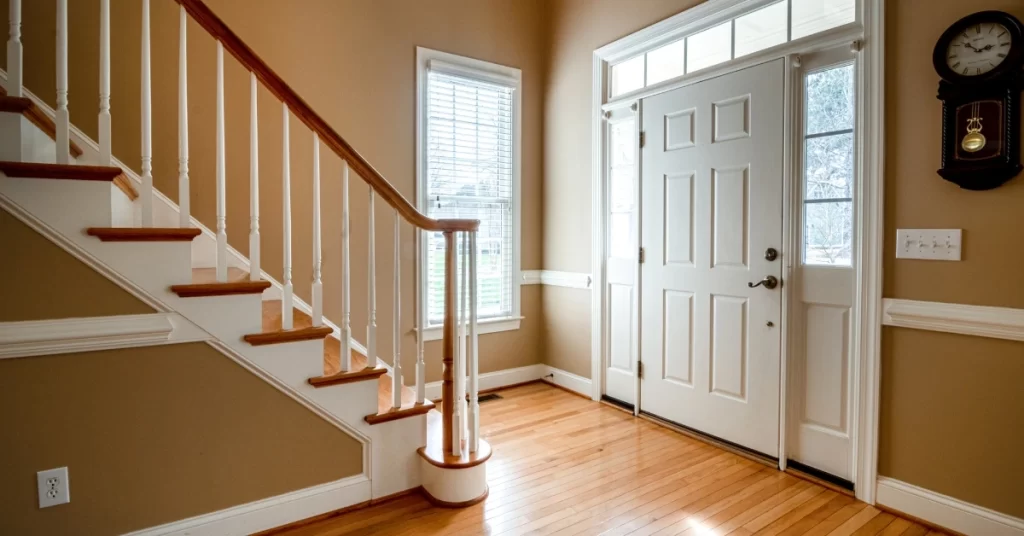
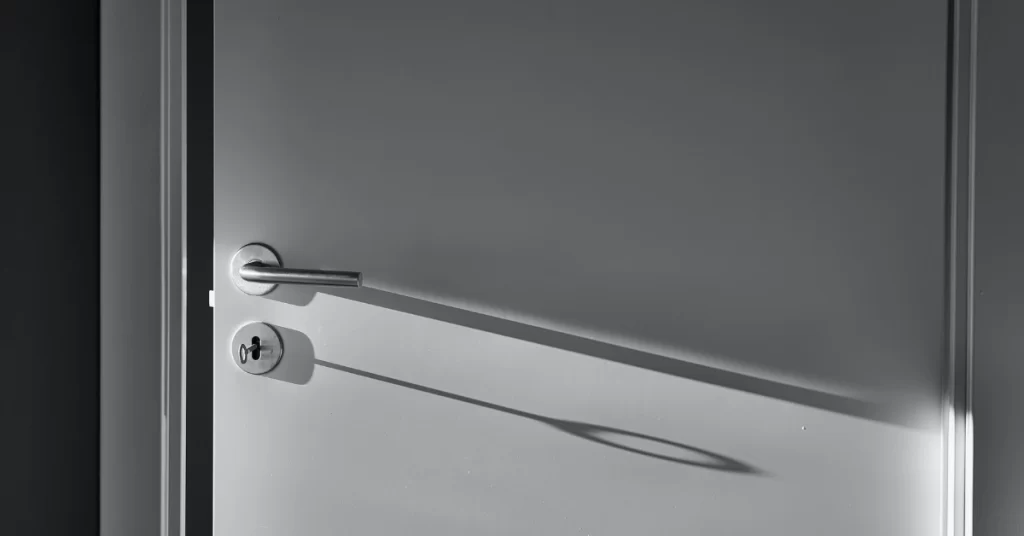
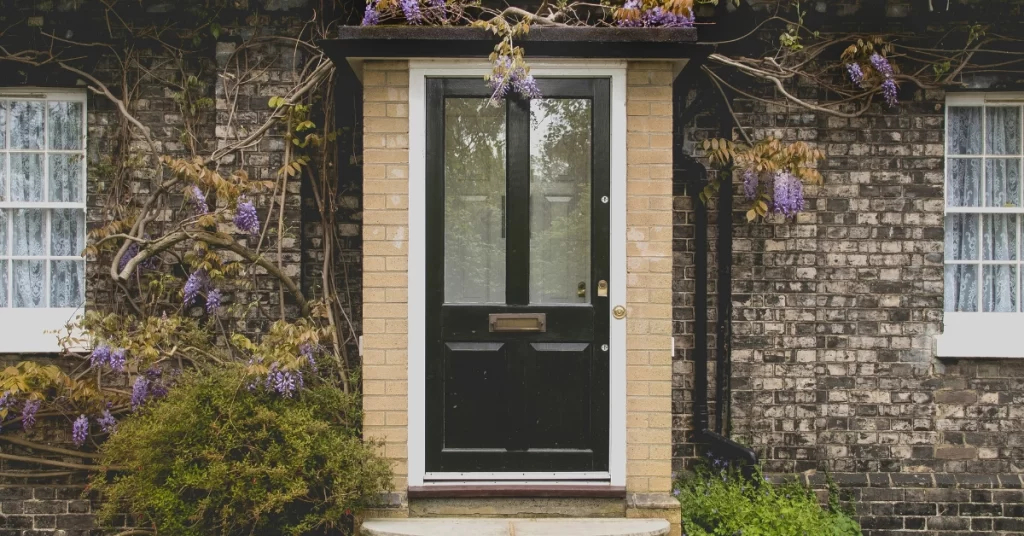
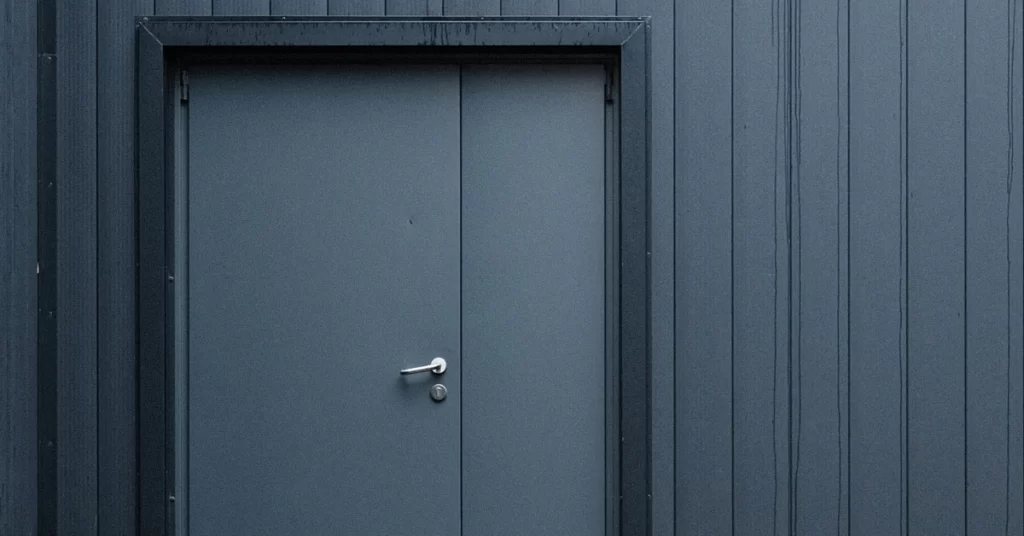
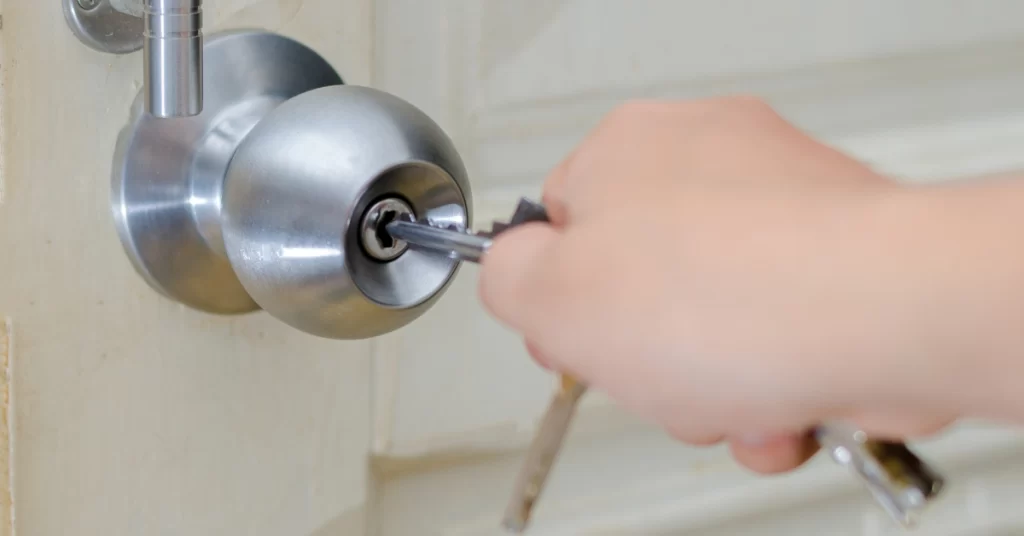
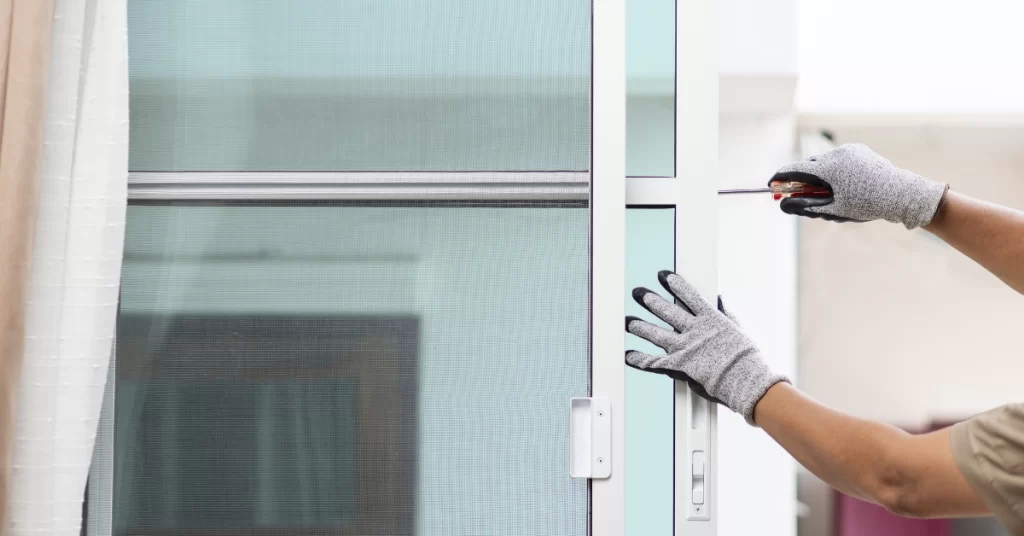
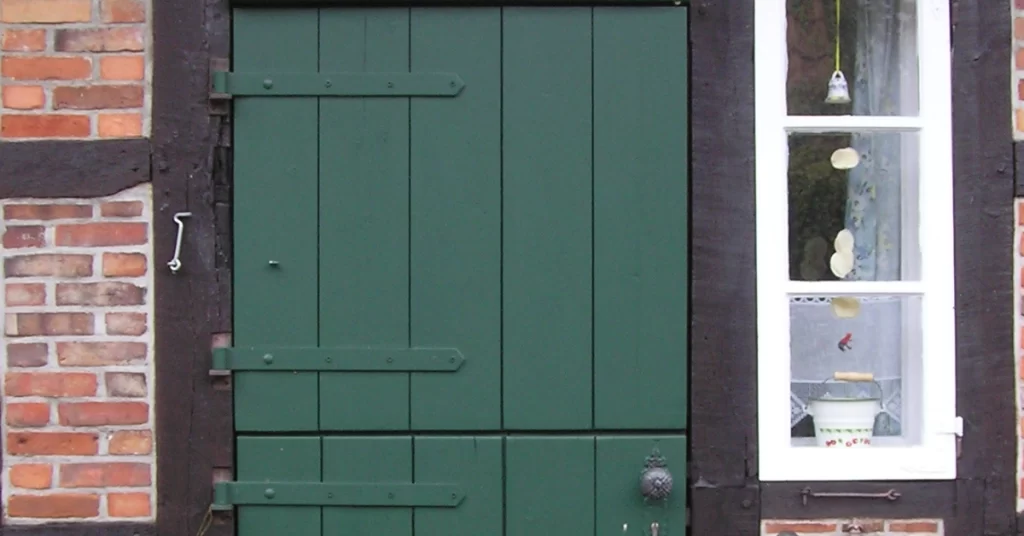
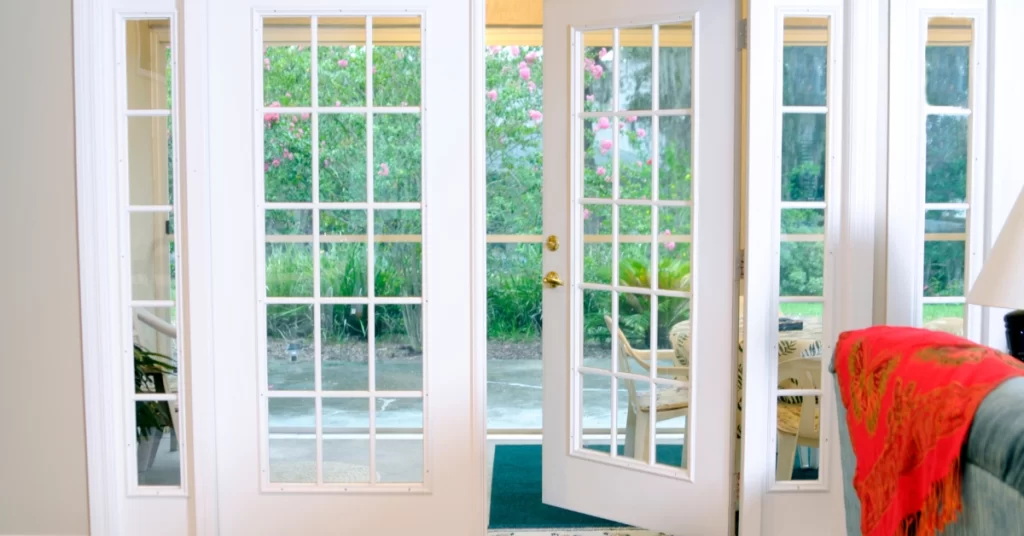

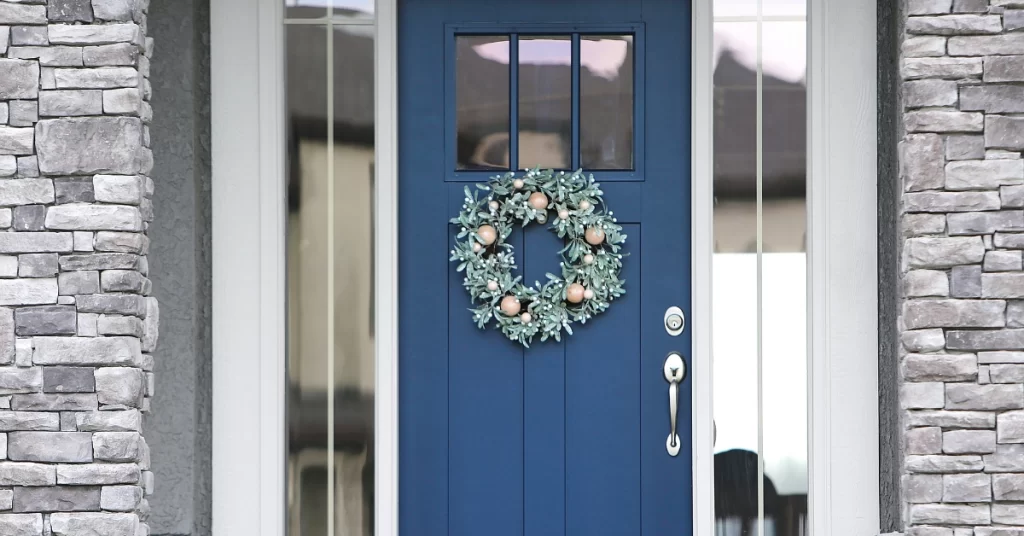
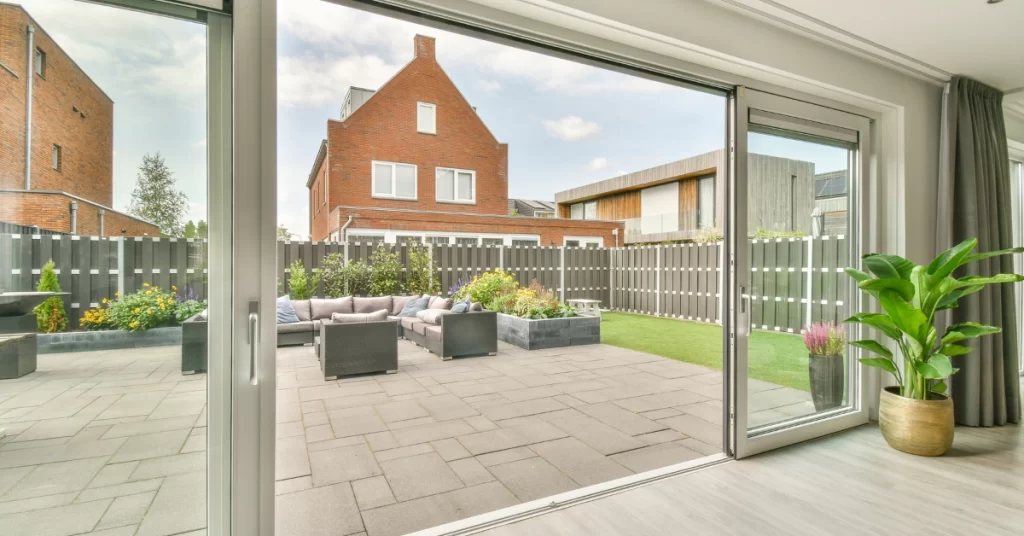
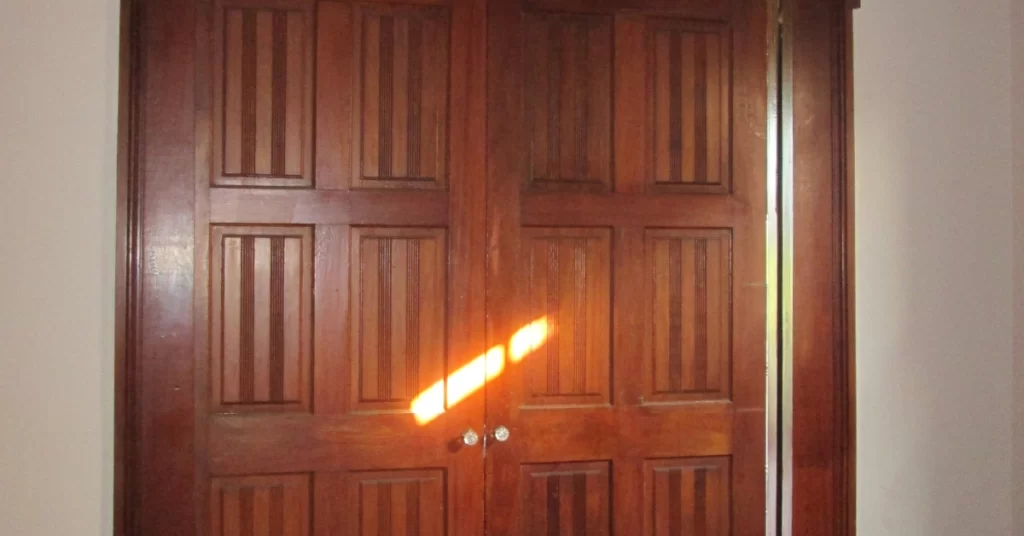
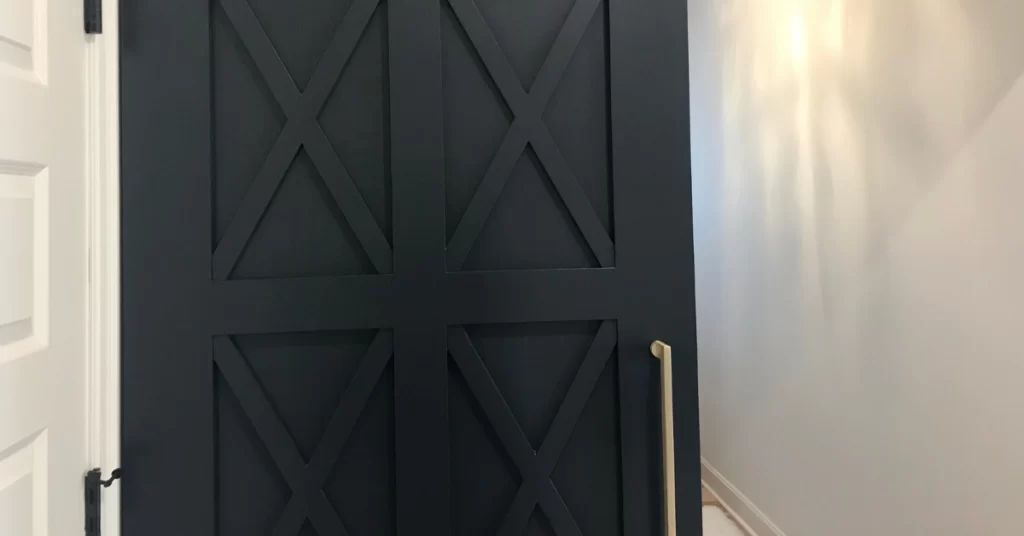

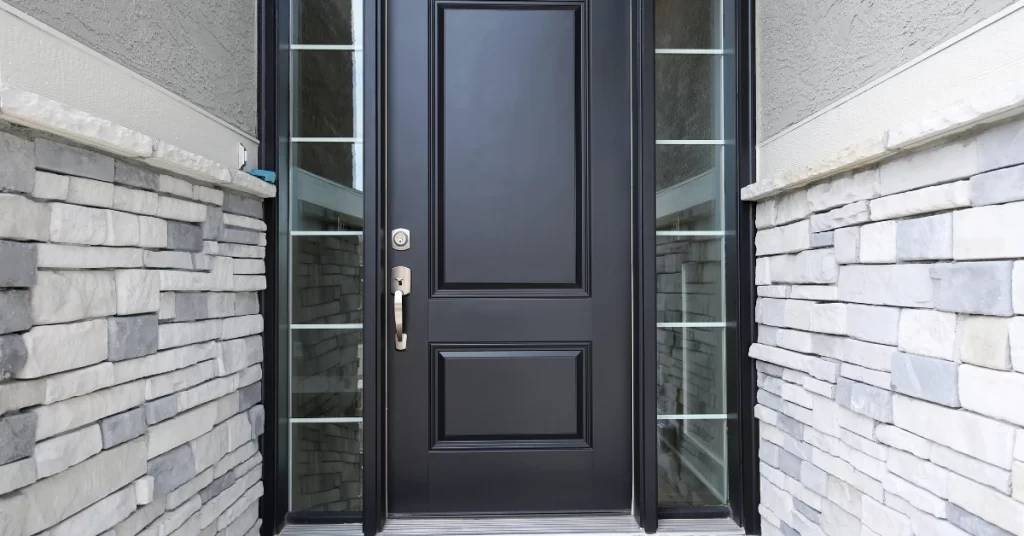
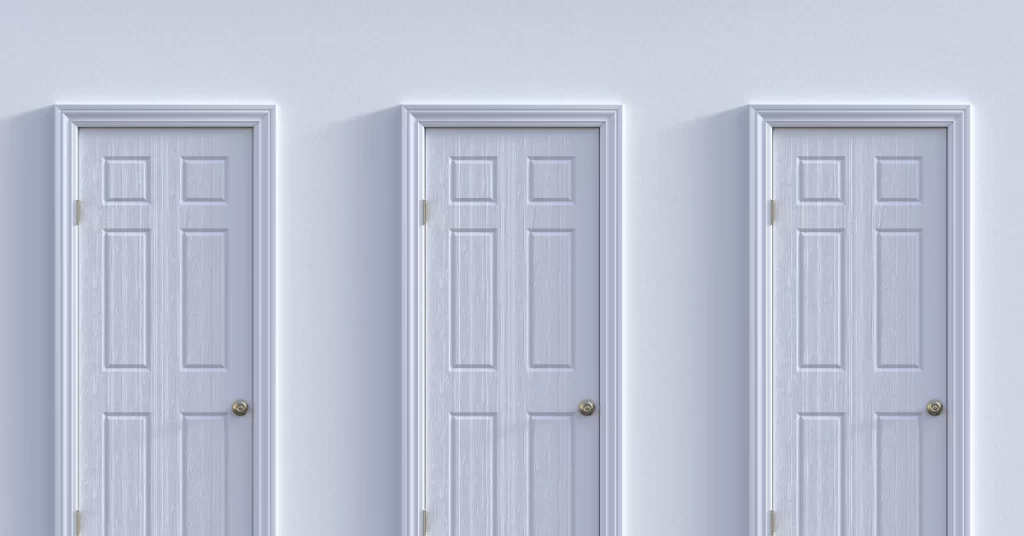

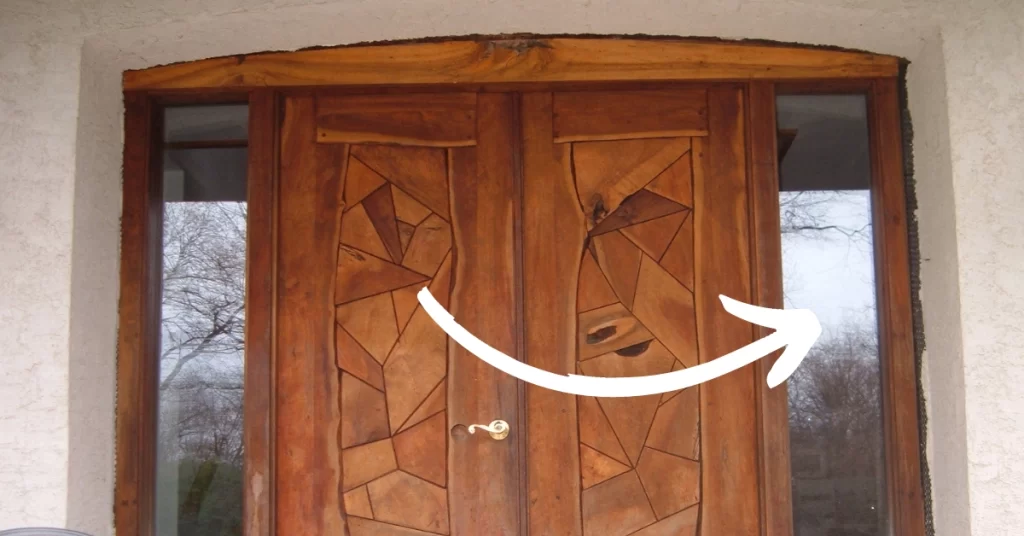

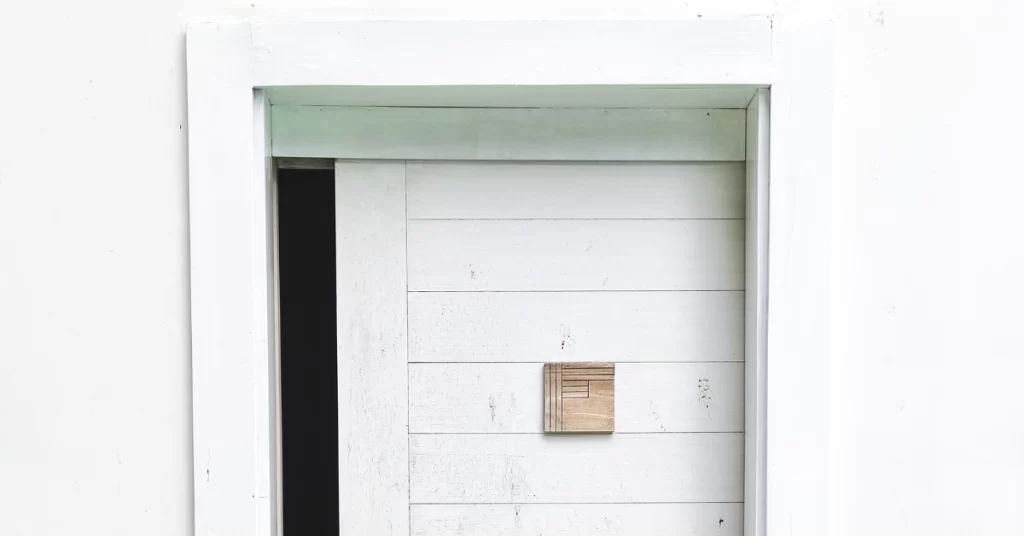
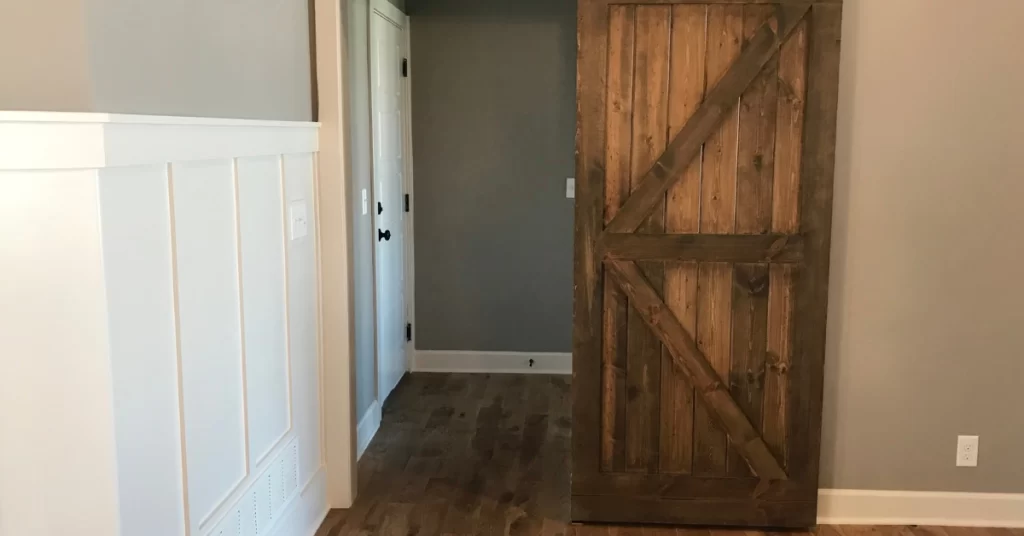
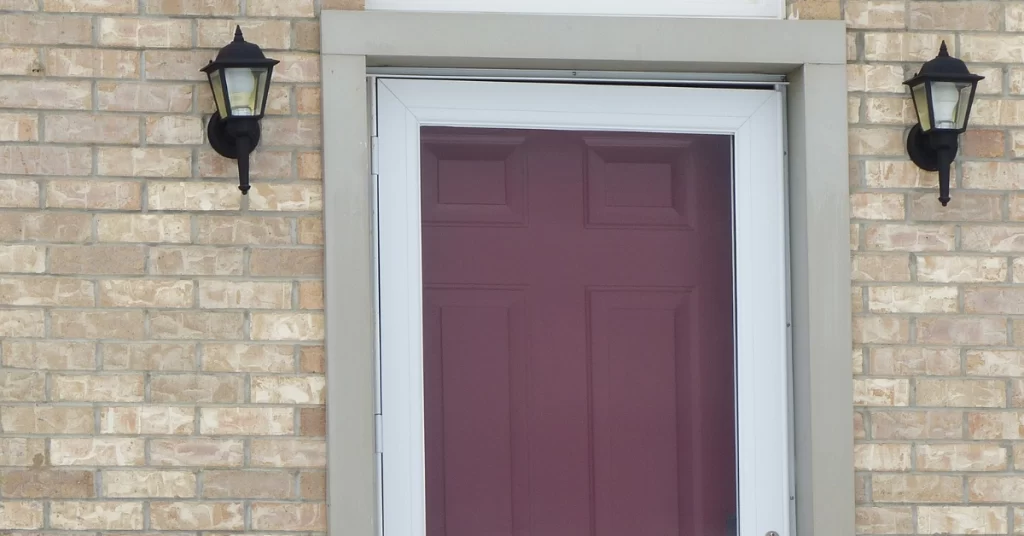

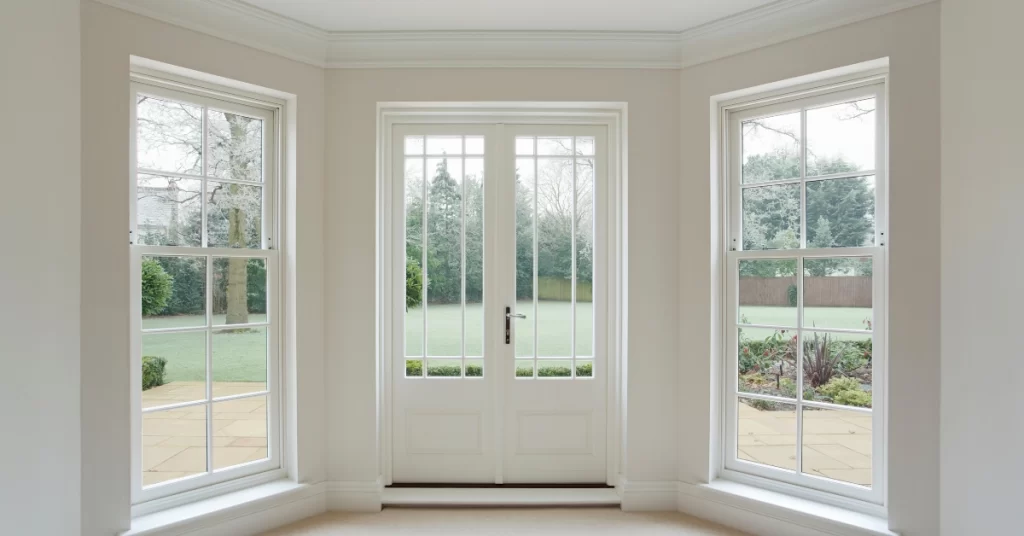


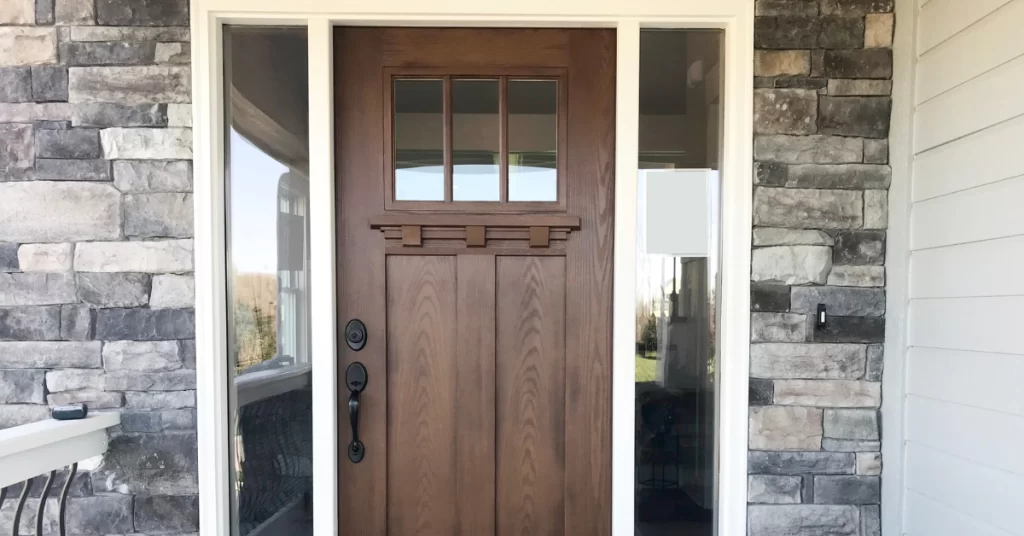
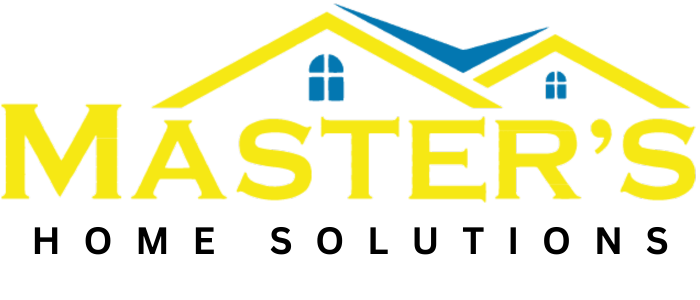
.jpg)


